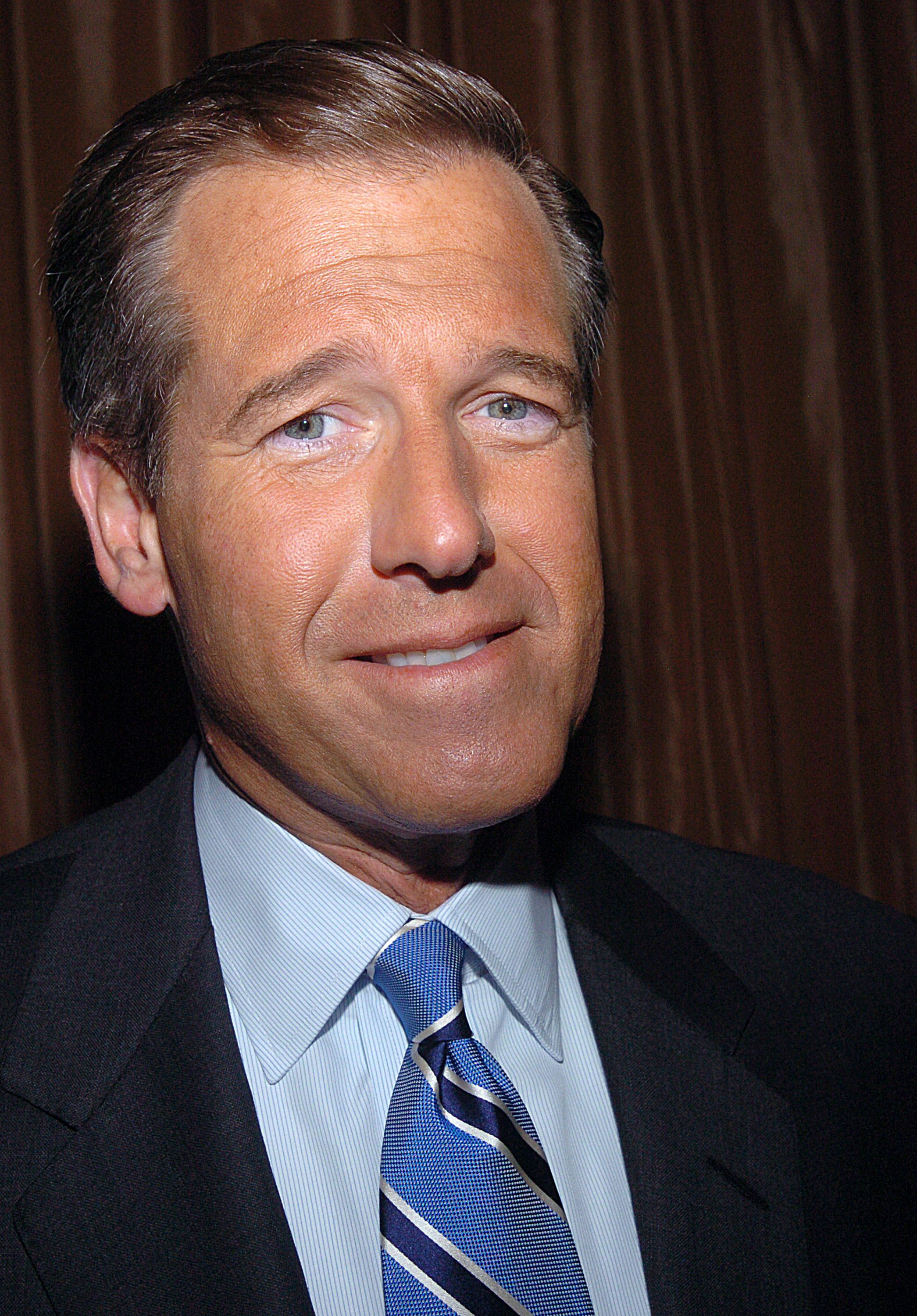
Features and Essays
Alessio Romenzi: Aleppo: Scenes from a City of Ruins (TIME) Italian photographer Alessio Romenzi has been chronicling the Syrian civil war for months. The following pictures of his are from a few days in mid-April spent in the battle-scarred city of Aleppo. They include a glimpse of a rebel fighter encamped in the famed Great Mosque of Aleppo, built nearly a thousand years ago by the once mighty Umayyad dynasty.
Andrea Bruce: Syrian Prisoners Talk, as Jailers Look On (NYT) Syrian officials say the civil war is driven by Islamist extremists from across the globe and poses a threat not just to President Bashar al-Assad but also to Americans. To prove it, they picked these prisoners, who arrived blindfolded, to meet journalists from The New York Times.
Lars Tunbjörk: The Largest Falcon Hospital in the World (NYT magazine) Abu Dhabi
Newsha Tavakolian: Through Story, a Look into Iran (LightBox) Portraits of declining Iranian middle-class.
Oded Balilty: Jews in Red Army (AP Big Story) Few know story of Jews in Red Army
Natalie Naccache: No Madam (CNN Photo blog) Lebanon’s ‘uncomfortable’ maid culture
Tomas Munita: The Egyptian Revolution’s Transformation of Cairo, Block by Block (NYT)
Tara Todras-Whitehill: A Growing Egypt (NYT)
Brendan Bannon: Outside Nairobi, the Only Track for 3,300 Miles (NYT Lens)
David Guttenfelder: A New Look at North Korea (LightBox)
Guillaume Herbaut: China: Wedding Studios (Institute)
Sim Chi Yin: Chinese River’s Fate May Reshape a Region (NYT) Plans to harness Chinese river’s power threaten a region
Michele Palazzi: Mongolia In Flux (NPR)
Kuni Takahashi: Rapid Growth Creates Cities Within Cities in India (NYT)
Abir Abdullah: Death Trap: Tragedy in Bangladesh (Photo Booth)
Gazi Nafis Ahmed: Bangladesh Garment Factories (Guardian)
Maria Turchenkova: The Hidden War in the Caucasus (LightBox) While Chechnya emerges from a decade of conflict, Maria Turchenkova photographs the hidden guerrilla war in the republic of Dagestan – the largest, most heterogeneous and, today, the most violent republic in the North Caucasus region.
James Hill: Caught Cold When Sochi Freezes Over (NYT Lens) James Hill’s Photos of Sochi, Russia, Site of the Winter Olympics
Jon Pack and Gary Hustwit: Remnants of glory in former Olympic cities (CNN Photo blog)
Laura Lean: Camouflage in Afghanistan (BBC)
Philippe Schneider: Paga Hill, Port Moresby, Papua New Guinea (Foto8)
John Moore: Border Patrol (NBC News) Border patrol faces new challenge with surge in rural Texas border crossings
Samantha Appleton: Hidden from View (Photo Booth) Migrant labor in the agricultural heartland of Florida
Tim Hussin: Resurrecting a Texas ghost town (CNN Photo blog) In the desert surrounding a mercury mining ghost town, an ambitious band of misfits have built homes and cultivated a modern wild west. It’s a group brothers Noah and Tim Hussin felt drawn to during their two-year bicycle journey across America.
Gerd Ludwig: Sleeping Cars (Institute) There are more than seven million registered vehicles in Los Angeles County, California/USA. Images of traffic jams are omnipresent. But where do all those cars go to rest? These photographs examine where LA cars are spending their nights.
Jehad Nga: The End of Horse Racing (LightBox) In its heyday, horse racing had it all. It was the speed and danger sport before NASCAR came along; movie stars and gangsters rubbed glamorous elbows; and a couple sawbucks on a winning long-shot could put you on Easy Street. Jehad Nga’s photographs show that, as with all nostalgia, the reality could never match the legend.
Mark Peckmezian: Half-Wild Cats (Photo Booth) On the growing trend of crossbreeding domestic cats with their more feral cousins in an effort to create a feline that looks exotic but is tame enough to cohabit with humans. Photographs from A1 Savannahs cattery in Ponca City, Oklahoma.
Nolan Conway: The People You Meet at McDonald’s (NYT magazine)
Maria Scheinfeld: Resorts Reborn in Decay (NYT Lens) Photos of Dilapidated Resorts in the Catskills

Cédric Gerbehaye: Winter in Sète (Photo Booth) This year, Cédric Gerbehaye spent December and January photographing in Sète, France, the sixth photographer to do so as part of an artist-in-residency program. Accustomed to working in conflict zones, such as Palestine, the Democratic Republic of Congo, and South Sudan, this experience presented Gerbehaye with the opportunity to photograph in a different way.
Andrea Gjestvang: Utøya massacre survivors (Guardian) Photographer Andrea Gjestvang’s poignant portraits of survivors of the Utøya massacre in Norway
Stefano de Luigi: On the Gondola (Photo Booth) Venice
Irina Werning: Back to the Future 2 (burn magazine)
Rodrigo Cruz: Mexico’s Porous Southern Border (NYT)
David Alan Harvey: Livin’ La Vida Rio (NYT Lens) Harvey’s personal photo project from Rio de Janeiro
Meridith Kohut: A Spotlight on Crime in Santa Cruz, Bolivia (NYT)
Elie Gardner and Oscar Durand : A Historic Community Dismantled In Peru (NPR)
Articles

2013 Overseas Press Club Winners Announced (LightBox) Since 1948, the Overseas Press Club of America has recognized photographers and photojournalists for exceptional photographic reportage. On April 24, the OPC announced the four winners of the organization’s annual prizes.
Fabio Bucciarelli Wins Robert Capa Gold Medal Award (PDN)
Sebastião Salgado: to the ends of the earth (FT) Sebastião Salgado says his latest show is a ‘love letter to the planet’
A Tribute to David Goldblatt, ICP’s 2013 Lifetime Achievement Honoree (PDN)
The Dude Abides on the Other Side of the Lens (NYT Lens) Jeff Bridges honored by International Center of Photography
Trailer : “God’s Ivory” (Reportage by Getty Images) “The ivory trade of today is all about power and elitism,” says Reportage photographer Brent Stirton. Together with filmmaker Andrew Hida, Mr. Stirton and National Geographic contributing writer Bryan Christy examine the institutions that continue to sustain the world ivory trade. Full 14-minute video can be seen in the latest issue of Reportage’s online magazine here
Behind the Walls With Argentina’s 1 Percent (NYT Lens) The Sub Cooperative’s photos of wealthy Argentines
Mexico Points the Camera at Itself (NYT Lens) A new book pulls back Mexico’s masks
Capturing a Vanishing New York (NYT Lens) Photography by Sid Kaplan, a master printer, emerges from obscurity
Joy, Compassion and Fulfillment: Kitra Cahana’s Spiritual Transformation (LightBox) 2013 Infinity Award for Young Photographer honoree
Behind the Picture: Goebbels Glares at Eisenstaedt, Geneva, 1933 (LIFE) The unsettling image of the Third Reich’s propaganda minister, Joseph Goebbels, glaring at photographer Alfred Eisenstaedt during a League of Nations conference in 1933 remains, 80 years later, one of the signature — and certainly one of the most unflattering — portraits ever made of any high-ranking Nazi figure.
Front Row Seat: Eric Draper on George W. Bush (LightBox) President George W. Bush’s official White House photographer Eric Draper has a new book, Front Row Seat, A Photographic Portrait of the Presidency of George W. Bush, published by the University of Texas.
Birmingham’s civil rights crusade, 50 years later (CNN Photo blog) On May 3, 1963, escalating racial tensions came to a violent head when black activists clashed with city authorities in Birmingham, Alabama. Bruce Davidson of Magnum Photos was among the photographers on the scene.
John Karales’s Photo of the Civil Rights Era (NYT Lens)
Women Unveiled: Marc Garanger’s Contested Portraits of 1960s Algeria (LightBox)
Paul Kwilecki’s Photos of Decatur Country, Ga. (NYT Lens)
A Major Case of ‘the Mondays’: Photographs of Office Life (LightBox)

The Guide: May 2013 Edition (LightBox) Monthly round-up of the best books, exhibitions and ways to experience photography beyond the web—from the Reportage Photography Festival in Sydney and a new Mitch Epstein book to Martin Parr’s ‘Life’s a Beach’ at Aperture in New York and an André Kertész show in London. Above Ashley Gilbertson photo from a new book: Photojournalists On War: The Untold Stories from Iraq. University of Texas Press, May, 2013.
The month in photography – audio slideshow (Guardian)
Lee Miller: war, peace and pythons | Lee Miller: intimate moments of a 20th-century muse – in pictures (Guardian) Lee Miller, muse to Man Ray and pal of Picasso, was a celebrated photographer who captured the spirit of 20th-century life. Her archive – showing her various turns as war reporter, society snapper and fine-art photographer – went online at leemiller.co.uk on 23 April, on what would have been her 106th birthday
René Burri: A Study of Color (CNN Photo blog) His iconic black-and-white photographs have become part of history. However, his latest book, “Impossible Reminiscences,” offers a never-before-seen journey in color from the perspective of the great photographer.
Briton Bert Hardy captured the drama of war, and of daily life (CNN Photo blog) Bert Hardy, who would been 100 this year, was a renowned photojournalist. His photos are on exhibit the Photographers’ Gallery in London.
In Revealing Self-Portraits, Body Image Is Front and Center (Slate) Jen Davis’s self-portraits
From Above and Below: Man and the Sea – in pictures (Guardian) In a stunning new book of photographs, aerial photographer Yann Arthus-Bertrand, founder of the Good Planet Foundation, and underwater snapper Brian Skerry have teamed up to observe our relationship with the sea.
Photographer Emilio Morenatti’s loss offers hope for Boston wounded (AP Big Story blog) Photographer who lost a leg to a road side bomb while covering the war in Afghanistan for the Associated Press, offers words to the maimed victims of the Boston bombings
How the AP verified photo of Boston bombing suspect leaving scene (Poynter.)
The Multiplier Effect and the Role of the Photograph in Boston (LightBox)
Boston Marathon runner who fell in photo joins the ranks of history’s sudden icons (Washington Post)
Boston Bombings Focus Attention on Caucasus, And Photo Projects on the Region (PDN)
When the line blurs between sport photography and photojournalism (Guardian)
Boston and Lower West: How Two Disasters Stack Up in the Media Eye (BagNewsNotes)
When pictures save lives (AFP Correspondent blog) Sometimes a picture is worth a lot more than a thousand words.
Olivier Laurent: Protecting the Right to Photograph, or Not to Be Photographed (NYT Lens) Protecting Privacy, Limiting Street Photography
NPPA Sends Letter Opposing Proposed Anti-Paparazzi Statutes in California (NPPA)
Appeals Court Overturns Previous Ruling, Rules Fair Use in Richard Prince Case (PetaPixel)
Richard Prince Wins Major Victory in Landmark Copyright Suit (Art in America)
The N.P.P.A.’s Best of Photojournalism (NYT Lens)
12 photographers selected for 2013 World Press Photo’s Joop Swart Masterclass (BJP)
Snapshot: ‘By An Eye-Witness’ by Azadeh Akhlaghi (FT) The Iranian photographer reconstructed scenes of the deaths involved in the Iranian revolution of the late 1970s
Featured photographer: Isabelle Eshraghi (Verve Photo)
Featured photographer: William B. Plowman (Verve Photo)
Featured photographer: Lindsay Mackenzie (Verve Photo)
Adam Broomberg & Oliver Chanarin—To Photograph the Details of a Dark Horse in Low Light (Aperture)
Roger Ballen’s “Asylum of the Birds” (Photo Booth)
Infinite possibilities (FT) From the Venice Biennale to the Hayward Gallery, photographer Dayanita Singh is having a big year
Interviews and Talks
Fabio Bucciarelli (AFP Correspondent blog) Syria offers grim bounty for photojournalists
Sebastião Salgado (TED) ‘The silent drama of photography’ | Gallery of photographs
Elliott Erwitt (Nowness) ‘At Home With Elliott Erwitt’
Alec Soth (American Photo)
Alec Soth (PDN) Alec Soth on Wandering, Storytelling and Robert Adams vs. Weegee
Ian Berry (Vice) Ian Berry Takes Jaw-Dropping Photos of Massacres and Floods
David Guttenfelder (National Geographic) ‘Live! From North Korea, It’s AP Photographer David Guttenfelder’
David Guttenfelder (MediaStorm) 2013 ICP Infinity Award Winner for Photojournalism
Anne Wilkes Tucker (LA Times Framed photo blog) In conversation with WAR/PHOTOGRAPHY curator Anne Wilkes Tucker
Santiago Lyon (World Press Photo)
Santiago Lyon (NYT Lens Facebook page) Santiago Lyon, director of photography at the Associated Press, on how to assemble a portfolio
David Goldblatt (MediaStorm) 2013 ICP Infinity Award Winner, Cornell Capa Lifetime Achievement
Sebastian Junger (Now Toronto)
Platon (Wired Rawfile photo blog) Ego-Wrangling the World’s Most Powerful Leaders for a Portrait
Kitra Cahana (MediaStorm) 2013 ICP Infinity Award Winner for Young Photographer
Sebastian Meyer (Thuraya) Moments on the frontline: A photojournalist’s perspective
Aaron Eckhart and Peter van Agtmael (Capture) Aaron Eckhart and Peter van Agtmael join Mark Seliger to discuss the paths that led them to photography, the welcome you must earn as a photographer and capturing the intersection of fashion and the street
Jeff Bridges (MediaStorm) 2013 ICP Infinity Award, Special Representation
Joel Sartore (PetaPixel) Nat Geo Photographer Talks About What it Takes to Lead ‘a Photographer’s Life’
Kevin Kunishi (A Photo Editor) ‘How to make a photo-book’
Mishka Henner (MediaStorm) 2013 ICP Infinity Award Winner for Art
David Goldblatt in Conversation with Broomberg & Chanarin (Ahorn Magazine)
Benjamin Lowy (Archetype) ‘Award-winning iPhone photojournalist, on how to make tremendous art with your iPhone’
Rena Effendi (Open Society Foundation YouTube channel)
Pete Muller (Open Society YouTube channel)
James Mortram (Tiffinbox)
George Georgiou (Open Society Foundation YouTube channel)
Mikko Takkunen is an associate photo editor at TIME.com.
More Must-Reads From TIME
- The 100 Most Influential People of 2024
- Coco Gauff Is Playing for Herself Now
- Scenes From Pro-Palestinian Encampments Across U.S. Universities
- 6 Compliments That Land Every Time
- If You're Dating Right Now , You're Brave: Column
- The AI That Could Heal a Divided Internet
- Fallout Is a Brilliant Model for the Future of Video Game Adaptations
- Want Weekly Recs on What to Watch, Read, and More? Sign Up for Worth Your Time
Contact us at letters@time.com